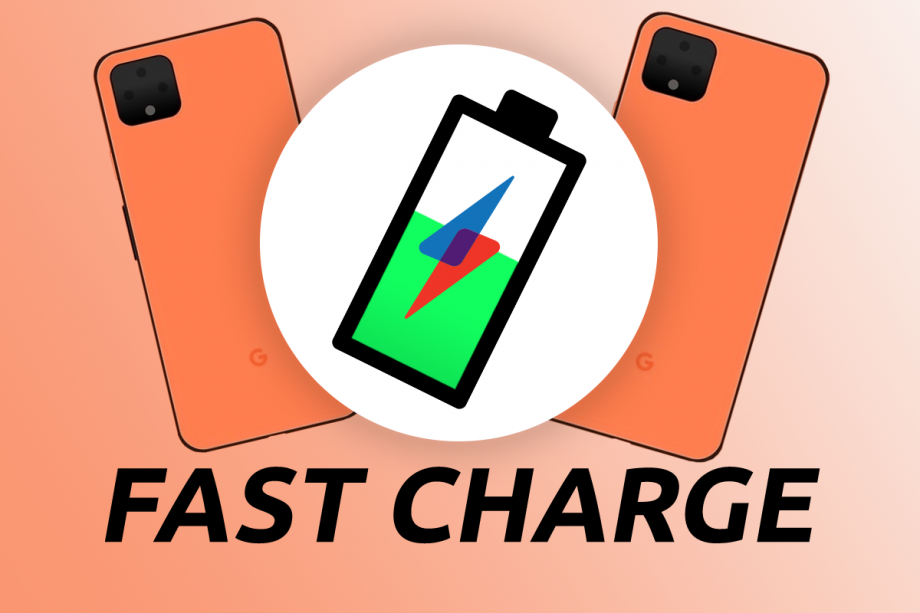Fast Charge: Pixel 4 disappointment makes me even more excited for the Pixel 4a

The Google Pixel 4 and Pixel 4 XL are both now out and they’re a good duo of Android phones, but they could have been so much better. In many ways they feel like a misstep because of another Google phone – the Pixel 3a.
The Pixel 3a condensed the Google formula down into just its essentials – great camera, thoughtful, simple design and clean software – and offered that at a price that went against the norm. The Pixel 4, on the other hand, is very much your typical high-end flagship with a price that can quickly hit £900+.
Google’s previous phones focussed on being free of gimmicks, but the Pixel 4 is quite the opposite. We’ve got radar sensors; Pikachu-themed wallpapers; full-on face unlocking; motion gestures and as a result the basics almost feel left behind. Battery life has been the biggest qualm I had with these phones and an obvious reason for that poor endurance must be these additional bells and whistles.
But, having used the lovely (and I mean lovely – these are two of my favourite phones this year to actually hold and use) Pixel 4 XL I am now even more excited about the possibility of a stripped-down, cheaper and just generally more focussed Pixel 4a.
With the Pixel 3a, Google took the Pixel 3 and stripped it back. It stuck with a FHD+ resolution across both phones, but importantly kept the quality OLED panel, and reigned in the chipset to a more mid-range option. Did this move make it feel like a slow phone? Of course it didn’t. What made the Pixel 3a extra special was that the camera was barely touched, right to the point where it was virtually impossible to tell the difference between snaps shot with the £399 Pixel 3 or the £869 Pixel 3 XL. It redefined imaging quality for cheaper devices and instantly offered something no one else could.
If Google were to make a Pixel 4a – and considering the success of the 3a that feels no like a no-brainer – then it might very well be an ultimate mid-range phone to recommend. It would be a Pixel 4 in its simplest form. Save money by removing the radar chip and the gesture-control stuff (improving the battery life in the process?), add the fingerprint sensor back (or use a more rudimentary form of facial unlocking) and switch from glass to plastic.
Part of the joy of using the Pixel 4 is the textured sides and matte glass back and there’s no reason why this design direction couldn’t be a key selling point of a plastic 4a, too.
Of course, the reason the Pixel 4a would be a star is the camera. There are two cameras on the back of the Pixel 4 – one wide and one telephoto for 2x zoom – and these work together, sharing data between the two sensors when you take photos. You’ll jump into the zoomed-in view for portraits and it adds extra data when you’re using the hybrid zoom. Whether the secondary sensor would be sacrificed in order to meet the lower price of the Pixel 4a remains to be seen (though I suspect it likely would be) but still if the main camera delivered pictures anywhere close to the Pixel 4 then it would be an instant buy for me.
I would also be less frustrated by some of the device’s other shortcoming if it was a cheaper model. Low storage, no improvements to the charging speeds, no included headphones or a USB-C 3.5mm adaptor are all hard to swallow when you’re paying nearly £1000, but not so much when it’s comfortably below £500.
Oh, and if Google could sort out the battery life then it would be even more tempting…
Fast Charge is our weekly mobile-focussed column where we delve deeper into the world of smartphones, wearables and more. Find it on Trusted Reviews every Saturday morning.


